SPLINTERS
Tennessee Valley Woodworkers
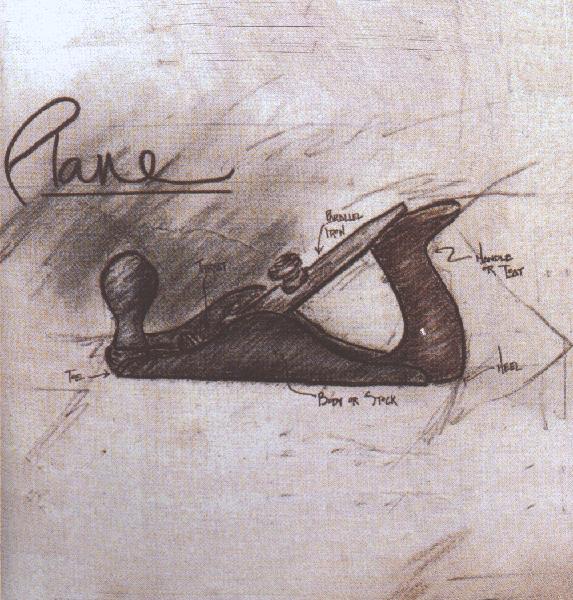 Vol. 20/ Issue 12
December 2005
Editor: Tom Gillard Jr.
Vol. 20/ Issue 12
December 2005
Editor: Tom Gillard Jr. 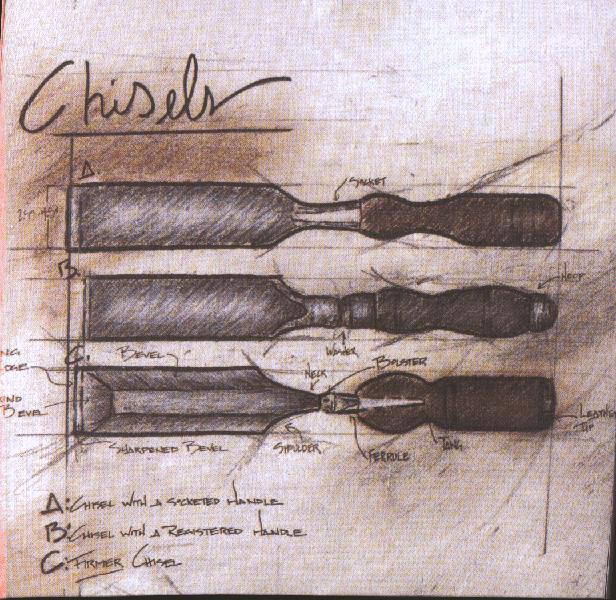


Meeting Notice:
The next meeting of the TN Valley Woodworkers
Will be held, December 20th. at 7:00 p.m. in the
Duck River Electric Building, Decherd, TN
All interested woodworkers are invited!


The following people have agreed to serve as contacts for their particular
skills. If you have questions, suggestions for activities, or other
comments relating to these skills, please call these folks. Their
interest is to help the club better serve their area of expertise.
Your participation with them will help them achieve that goal.
Tom Cowan
967-4835 Design Phil
Bishop 967-4626
Finishing
Tom Church 967-4460
Turning Harry
May 962-0215
Carving
Bob Reese
728-7974 Sharpening Ross
Roepke 455-9140 Jointery
Maurice Ryan 962-1555
Health and Safety

List of Club Officers
President: Loyd Ackerman
V. President: Tom
Cowan
Secretary: Chuck
Taylor
Treasurer: Henry
Davis
Publicity: Larry
Bowers
Webmaster: Richard
Gulley
Newsletter Editor: Tom Gillard
Jr.

Please remember, in your thoughts and prayers, all of the Military
Troops serving our country.
Calendar of Events:
Coming next month
NEW BUSINESS:
The election of officers is scheduled for this meeting. The nominating
committee chairman, Henry Davis, announced the slate of officers for 2006.
They were as follows:
President: Loyd Ackerman
Vice-Chairman: Tom Cowan
Secretary: Bob Lowrance
Treasurer: Henry Davis
Publicity: Larry Bowers
Newsletter Editor: Chuck Taylor
The floor was opened for nominations, resulting in no additional nominees.
A motion was made by Bob Reese to elect the recommended slate of officers
by acclamation. The motion was seconded by Bob Leonard. The motion passed,
thus electing the 2006 slate of officers.
Notice for the Treasure:
$$ IT'S DUES TIME $$
It's
time to pay our club dues again. Once again because of your generous
contributions to our yearly auction, some income from the coffee fund and
our ever growing membership we can keep our dues at the low price of $10.00
for single membership and $15.00 for family membership. Our
Treasurer ask that when you pay your dues you sign the paid list, this
way he has a record that you have paid. He also wants to thank the
95% of you that pay your dues in a timely manner. To the 5%
that just don't get around to taking care of their dues, along about March
you are endanger of being dropped from the membership list, so if for some
reason you cannot pay your dues before next March please contact our Treasurer.
If you wish you can mail your dues to our Treasurer. His address
is:
Henry
Davis
247 Delight Lane
Tullahoma, Tn 37388
NEED A NAME TAG ?
Henry is getting a list together of those members that want Club name
tags.
The Tags are $5.00 each. Give Henry your name at the meeting
or contact him at 393-3191 or email at hdavis@cafes.net
.
SHOW AND TELL:
Maurice Ryan brought a spalted maple
bowl (his first one) and a cedar
box that he made for a friend.
Chuck Taylor brought a series of small
turned lidded boxes and a potpourri bowl he made for family gifts.
Henry Davis displayed two bowls. One of the bowls was made from a piece
of Atlas cedar from the Belvedere area, given to him by Tom Gillard. The
other bowl was spalted maple from
his back yard.
Bob Leonard showed a detailed fire
truck made from twenty different species of wood. He also brought a
small
paper rack.
Karen Kerce brought a spalted red maple bowl and a sampling
of pens made from red maple scrap.
Jim Van Cleave displayed a birdhouse,
a cherry serving tray and a
carving (utilizing wood filler).
Doyle McConnell brought a “scroll
saw” mirror made from curly maple, a compact with a maple inlay and
oak burl pens made for Christmas gifts.
Steve Shores brought some carved/burned
feathers and a detailed basswood
carving.
Bryan King displayed a series of hand
planes he had made from “kits”.
Bob Reese brought his 17th violin,
taking
two years for completion of the beautiful instrument. It is a copy of a
1948 instrument.
Matt Brothers showed some video clips of his latest project, a solid
walnut buffet with beaded trim on the drawers.
David Matthews showed a plaque
(one of forty-five made for fellow solders during his tour of Iraq) made
of Purple Heart wood from Saddam’s personal supply and pictures of other
projects he completed during his tour of duty. He also sang a song, “Back
in the Hills of Tennessee” which he had written.
Wasn't that a wonderful Christmas Party/20 anniversary party?
Winners of the Christmas Party Door Prizes
Ross Roepke
&
Dan Maher
There was a total of 81 members and guests in attendance at the Dinner.
1
2
Richard sang
the triditional " Ol Holy Night"
Pictures of some of the give-away items 1
2
Loyd presented
the program
December Program
The program this month will be an expanded Show and Tell, where club
members are encouraged to bring and show some of their early work and some
of their more recent productions. PLEASE bring something that you
have made!
There is also going to be a progarm...
The Strychnine Tree
A much-maligned species that helped curb the plague
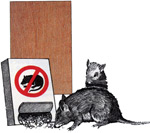
When bubonic plague, transmitted by rat-riding fleas, swept across
Asia and Europe in the mid-14th century, physicians could do little but
comfort the sick and dying. Before strychnine poison helped curb the epidemic
by killing the rats, roughly half of Europe's population perished.
The strychnine tree (Strychnos nux vomica), native to Southeast Asia
and Australia, provides benefits other than varmint control. The people
of Southeast Asia used limbs and boards cut from this tree to build their
huts and to fence animals. Primitive hunters made arrow poison for hunting
from the bark, roots, and disc-like seeds in the tree's fleshy orange-red
berries.
In the 1800s, physicians added small amounts of strychnine to tonics
as a stimulant, even though it's so bitter it can be tasted in concentrations
of one part per 400,000. This powerful drug may have gotten its start killing
game, but today doctors prescribe controlled doses to increase muscular
activity and as a antidote for alcohol and drug poisoning.
Illustration: Jim Stevenson

Planting Balled Saplings
How to plant balled and burlap
saplings.
Important: Saplings should not
be soaked prior to planting. In most cases you do not need to remove the
burlap (remove strings/strapping) but you do need to clip roots circling
the outside of the root ball and/or on bottom. Never fertilize in planting
hole!

Illustration Courtesy of Vestavia
Hills Tree Commission
1.
Dig a hole 2 to 5 times wider than the root ball. In the bottom and
center of the hole, leave a planting base of
undisturbed soil.
2.
Put the root ball on undisturbed soil flush to 2" over the top of the hole.
3.
Hold tree while backfilling with dirt and soil minus large clods.
4.
Remove grass and weeds within 6 inches of tree bole.
5.
With excess soil, build small berm around hole to saucer water toward roots.
6.
Water and mulch.
See you on the 20th.


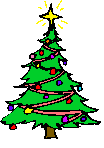
I want to thank everyone for all the help that I have
had over the years in putting this newsletter together. I have had a good
time working on it. If you give Chuck all the help you gave me he
won’t have any problems at all.
Thanks again and Merry Christmas!
Tom
click on the image to go to the sites
Donations to the club have been made by these companies.
Thanks,
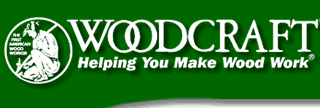


Vol. 20/ Issue 12
December 2005
Editor: Tom Gillard Jr.
![]()

![]()
![]()
![]()







